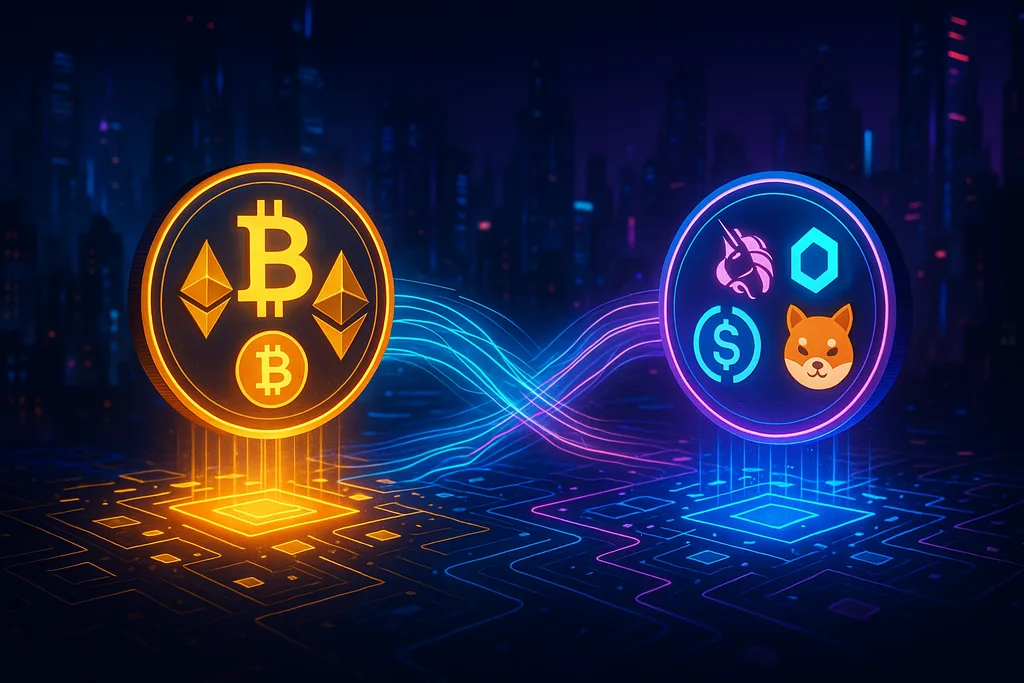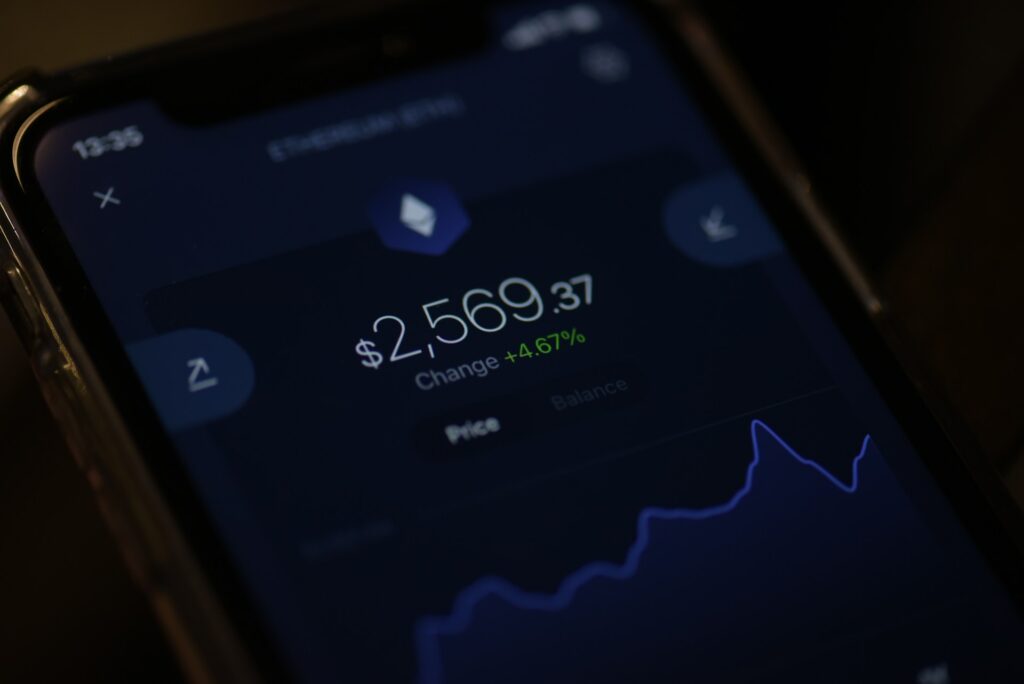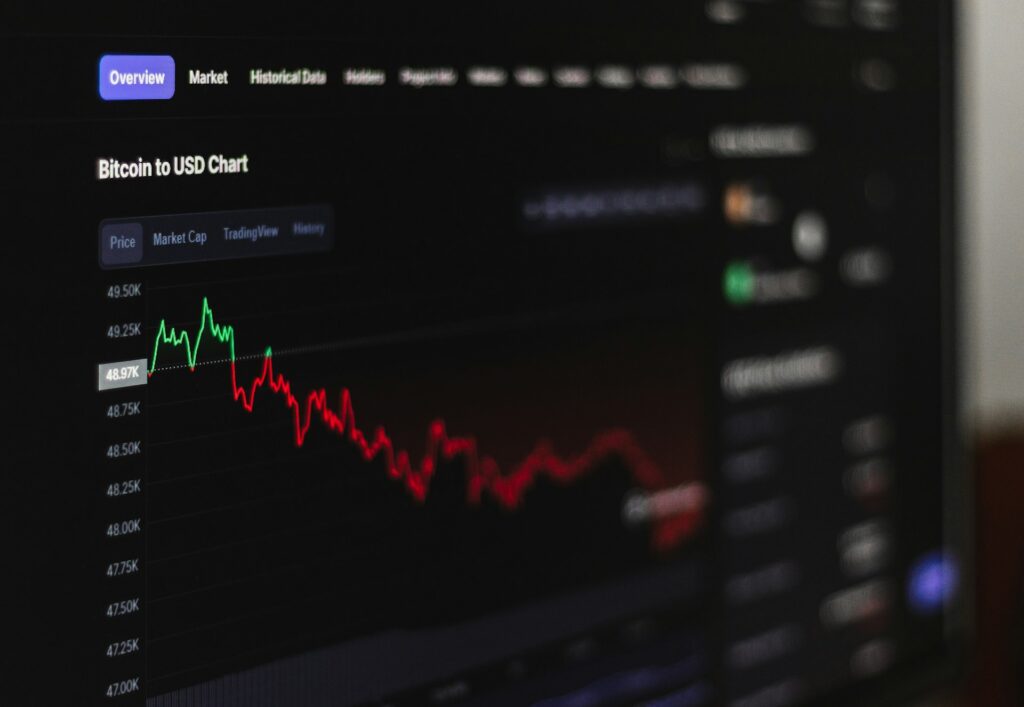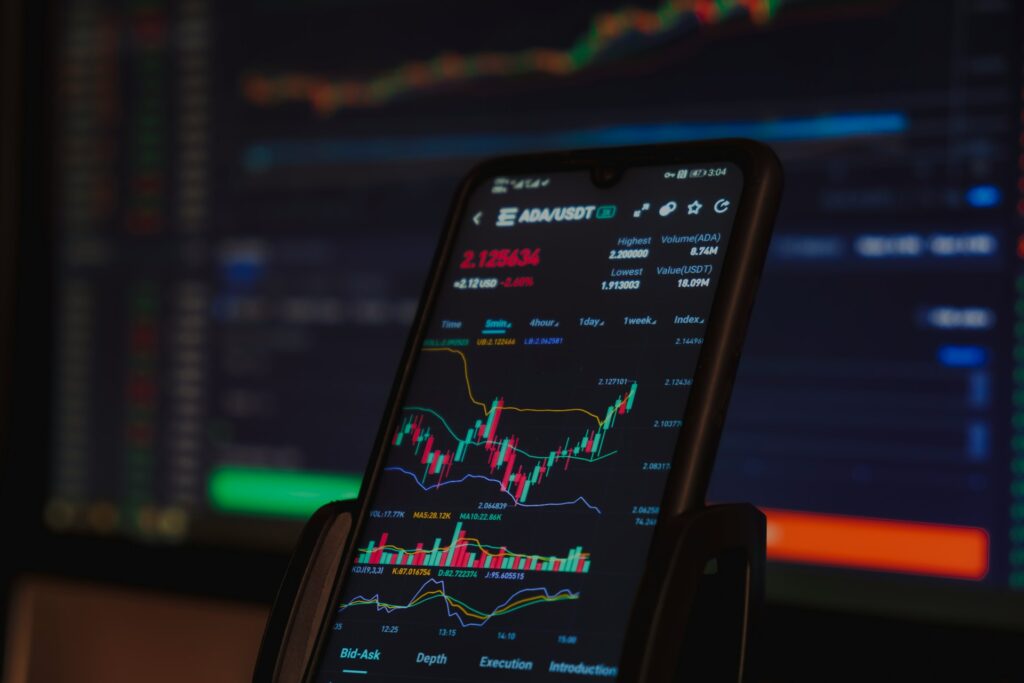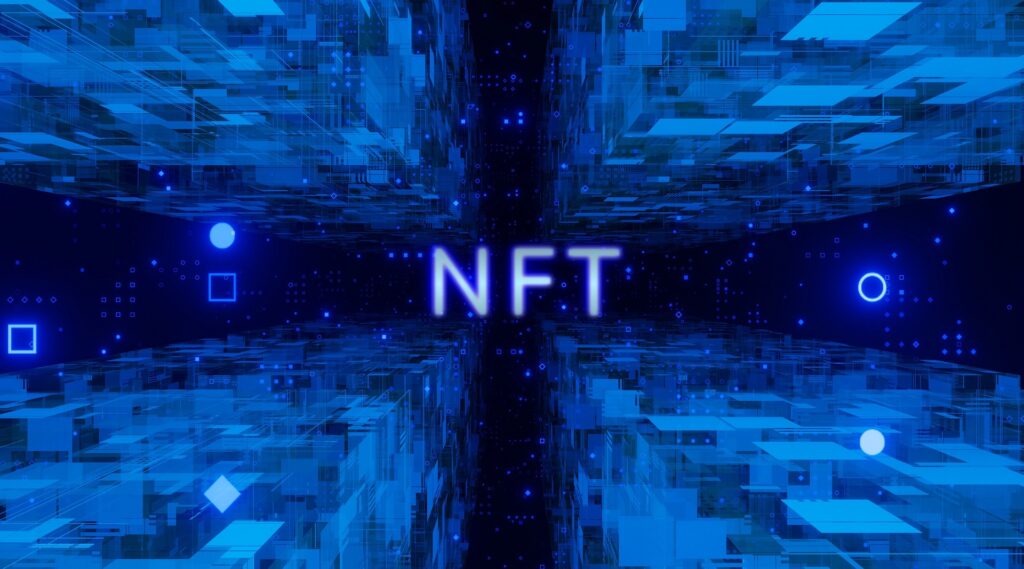I still remember my first deep dive into crypto back in 2017. I was on a Reddit thread trying to decide whether to buy some Litecoin or invest in this new token someone swore would “10x by Christmas.” The problem? I didn’t actually know the difference between a coin and a token. Both looked like “crypto” to me, but people on the forum kept making a big deal about it.
Fast forward a few years, and I now understand why. Knowing the difference between coins and tokens can save you from confusion, bad investments, and even scams. In this post, I’ll break it down in plain English, using examples, real-life scenarios, and a few lessons I learned the hard way.
What is a coin in crypto?
A coin is a type of cryptocurrency that operates on its own blockchain. It’s native to that blockchain and is often used for payments, network fees, staking, or as a store of value.
Think of a coin as a standalone currency in its own country. Just like the US dollar operates in the US financial system, Bitcoin operates on the Bitcoin blockchain.
Examples of popular coins:
- Bitcoin (BTC) – native coin of the Bitcoin blockchain
- Ethereum (ETH) – native coin of the Ethereum blockchain
- Litecoin (LTC) – native coin of the Litecoin blockchain
- Ripple (XRP) – native coin of the XRP Ledger
Key features of coins:
- Independent blockchain – every coin has its own network
- Used for transactions – sending and receiving value
- Can pay network fees – for example, ETH is used to pay “gas fees” on Ethereum
- Can be mined or staked – depending on the blockchain’s consensus mechanism
Real-life example:
When I first sent Bitcoin from my wallet to an exchange, I noticed I could only pay the transaction fee in BTC. I couldn’t use any other crypto to cover that fee. That’s because BTC is the native coin of the Bitcoin blockchain.
What is a token in crypto?
A token is a cryptocurrency that is built on top of an existing blockchain. It doesn’t have its own blockchain; instead, it uses the infrastructure of another blockchain to operate.
If coins are like national currencies, tokens are more like coupons or gift cards. They can have value, but they are tied to an existing “country” (blockchain).
Examples of tokens:
- Uniswap (UNI) – built on Ethereum
- Chainlink (LINK) – built on Ethereum
- USD Coin (USDC) – stablecoin on Ethereum and other blockchains
- Shiba Inu (SHIB) – meme token on Ethereum
Types of tokens:
- Utility tokens – give you access to a product or service (e.g., BNB used for discounts on Binance fees)
- Security tokens – represent ownership in an asset, similar to stocks
- Stablecoins – pegged to fiat currency like the US dollar (e.g., USDT, USDC)
- Governance tokens – allow voting on protocol decisions (e.g., UNI in Uniswap governance)
Real-life example:
Back in 2020, I bought some USDC to avoid losing money during a market dip. Even though it’s a crypto asset, I didn’t “mine” it or run its own blockchain. USDC simply exists on Ethereum and other chains as a token.
Coins vs Tokens in Crypto: A quick comparison
Here’s a side-by-side table to make the difference crystal clear:
| Feature | Coin | Token |
|---|---|---|
| Blockchain | Has its own | Built on another blockchain |
| Usage | Payments, fees, staking, store value | Utilities, governance, stable value |
| Examples | BTC, ETH, LTC | UNI, LINK, USDC, SHIB |
| Creation | Requires building a blockchain | Created using smart contracts |
| Fees paid in | Native coin of that blockchain | Usually paid in the coin of the host chain |
| Value source | Network adoption and utility | Depends on use case and project scope |
Why knowing the difference matters?
When I was new to crypto, I bought a random token on the Ethereum network, thinking it worked like Bitcoin. I assumed I could send it without needing anything else. Big mistake. I found out I needed ETH to pay the gas fees for moving that token. This is one of the most common beginner errors.
Here’s why it matters:
- Transaction fees – Tokens often require you to have the native coin of the blockchain they’re on.
- Investment decisions – Coins usually have longer track records and established use cases, while tokens can be high-risk, high-reward.
- Scam prevention – Many scam projects issue tokens cheaply on existing blockchains. Knowing this can help you spot red flags.
How are coins created?
Coins are created when developers build a blockchain from scratch (or fork an existing one) and launch its native currency. This involves:
- Designing the blockchain’s consensus mechanism (Proof of Work, Proof of Stake, etc.)
- Setting the supply rules (total supply, issuance rate)
- Creating infrastructure like nodes and wallets
Example:
When Litecoin was launched in 2011, it was a fork of Bitcoin but with a different mining algorithm (Scrypt instead of SHA-256). LTC became its native coin.
How are tokens created?
Tokens are created using smart contracts on existing blockchains. This is much faster and cheaper than building a blockchain from scratch.
Steps to create a token:
- Choose a blockchain (Ethereum, Binance Smart Chain, etc.)
- Write a smart contract that defines its supply, distribution, and rules
- Deploy the contract and distribute tokens
Example:
The SHIB token was launched on Ethereum using the ERC-20 standard. The developers didn’t have to create a new blockchain, just a smart contract.
Pros and Cons of Coins and Tokens
| Pros | Cons | |
| Coins | 1. More independence since they have their own blockchain. 2. Often more secure due to larger networks. 3. Can be used for staking and governance on their own chain. | 1. Costly and complex to develop. 2. Harder to achieve adoption. |
| Tokens | 1. Easier and faster to create. 2. Can leverage security of established blockchains. 3. Flexible use cases (DeFi, NFTs, gaming, etc.). | 1. Depend on the host blockchain’s health. 2. Often require another coin to pay fees. |
The next time someone says “it’s just crypto”…
Coins and tokens might seem like small variations of the same thing, but once you get into the details, they’re very different. Coins are the native money of their own blockchains, while tokens are built on top of those blockchains for specific purposes.
Here’s a tip I wish I knew earlier: Before buying any crypto, always check whether it’s a coin or a token. If it’s a token, make sure you have the native coin of its blockchain to cover fees. This simple habit can save you from frustrating delays and even lost opportunities.
And here’s something to think about for the future, the line between coins and tokens might get blurry. With multi-chain projects and blockchain interoperability becoming more common, we might see assets that act like both. In a few years, you might not even care whether your digital asset started as a coin or a token, because your wallet will handle it all seamlessly. But until that day comes, understanding this difference is still one of the smartest moves you can make in crypto!
With over five years of experience in the tech industry, Kazim excels at simplifying complex topics, making them accessible to tech enthusiasts and general readers alike.
He has contributed to several renowned publications worldwide, including WindowsReport and Allthings.how, bringing insightful coverage of key developments in the field.
When he’s not writing, you’ll find Kazim planning weekend getaways or diving into tech verticals beyond his expertise.
